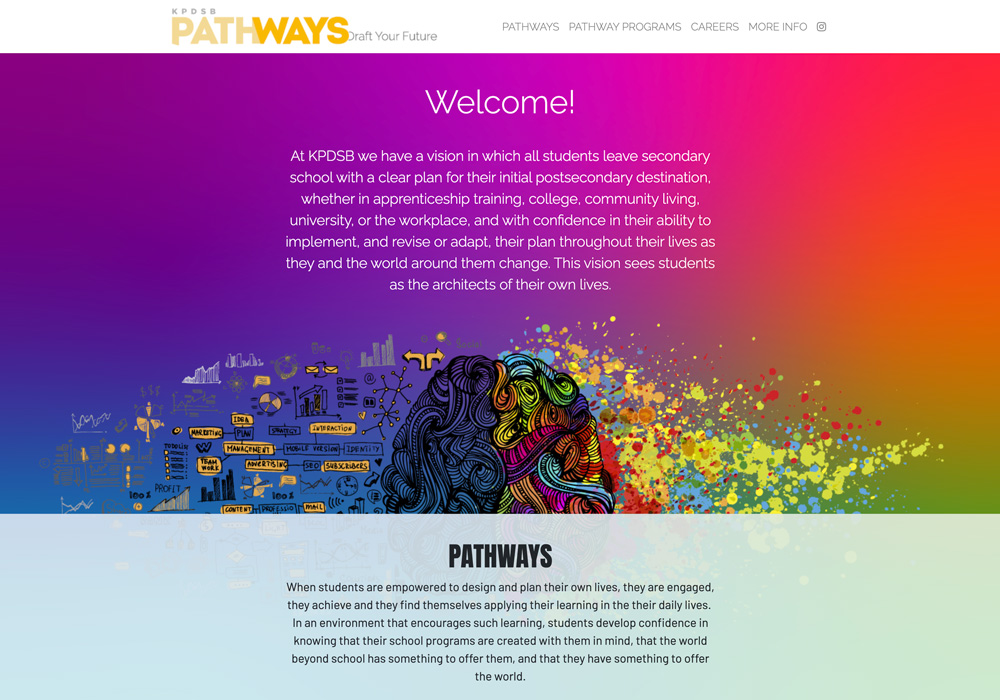The Keewatin-Patricia District School Board has a goal that all students have the skills, knowledge, and confidence to be successful grade to grade, and have positive transitions into secondary school and from secondary school to their initial post-secondary destination.
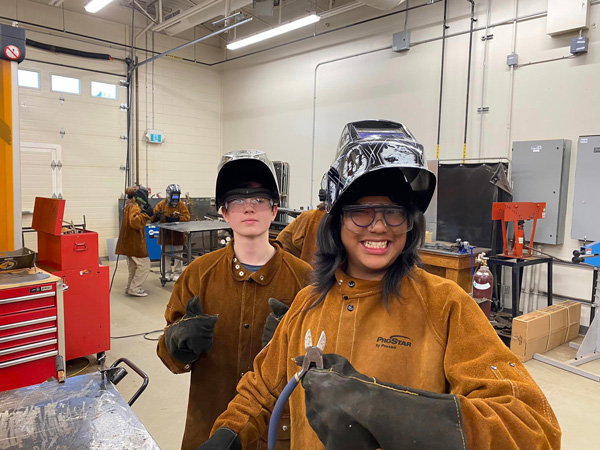
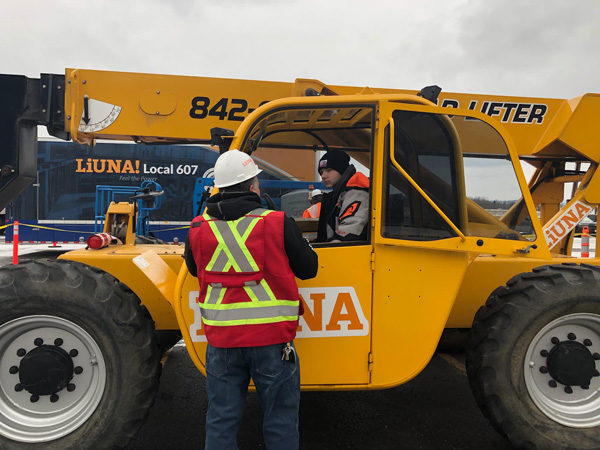
Elementary Guidance/Pathways teachers assigned to the areas of Kenora, Red Lake (incl. Ear Falls), Dryden (incl. Vermilion Bay), Sioux Lookout, and then the combined areas of Pickle Lake, Savant Lake, Ignace, and Upsala ensure that intermediate students receive Pathways programming and the needed information to make informed decisions about choosing courses and programs in secondary school. Secondary guidance counsellors support students in high school with pathway planning.
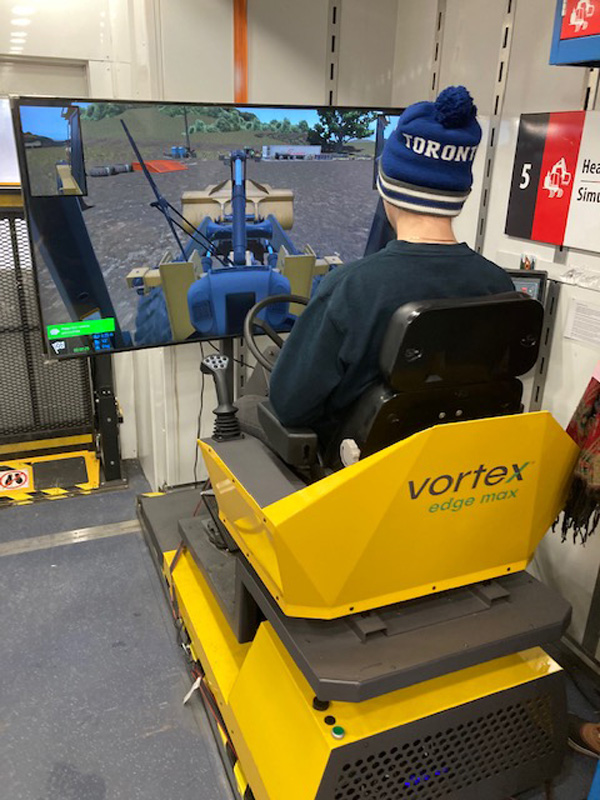
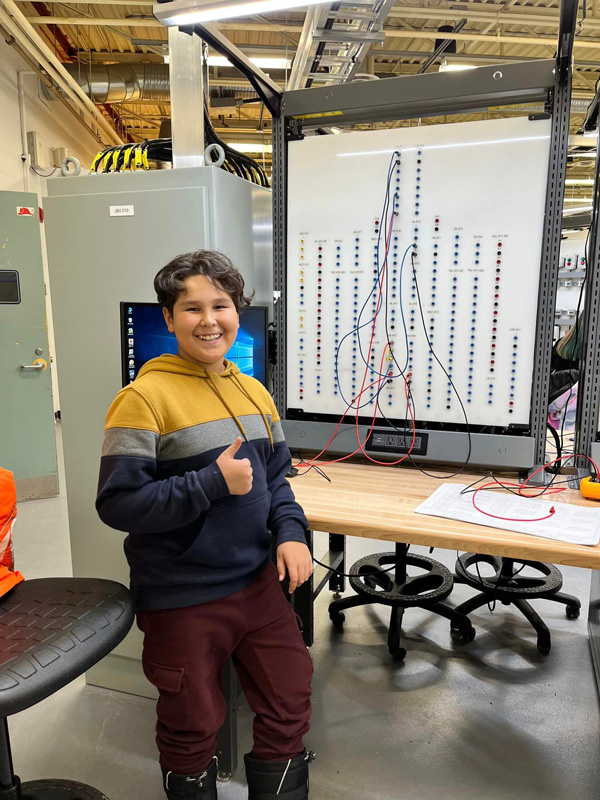
Elementary Guidance/Pathways teachers advocate for students to help them overcome challenges they may face in academic achievement, well-being, engagement in school, relationships, attendance, and all barriers interfering with learning and success in secondary school. They support the Individual Pathways Plan (IPP) completion for all grades 7 and 8 students. They also help students identify their personal interests, strengths, needs, and aspirations and use this knowledge of themselves to make informed choices of programs and provide learning opportunities. These teachers provide experiences for students to learn more about all postsecondary destinations — apprenticeship training, college, community living, university, and the workplace. The Elementary Guidance/Pathways teachers also support grade 8 transition to high school. They work collaboratively with Secondary Guidance, Graduation Coaches, Student Success, SERTs, and Administrators. While the grade 8 transition can be difficult for students, many of those challenges can be addressed by providing:
- supports that encourage fresh starts or changing attitudes towards school;
- supports for positive social development and making friends;
- time to get acquainted with new schools and new peers;
- supports for meaningful and sustained cross-panel conversations and programs;
- cross-panel transition teams and caring adults; and
- positive school cultures and climates.
It is important to support student transitions and understand and focus on both risk and protective factors during this critical time.
